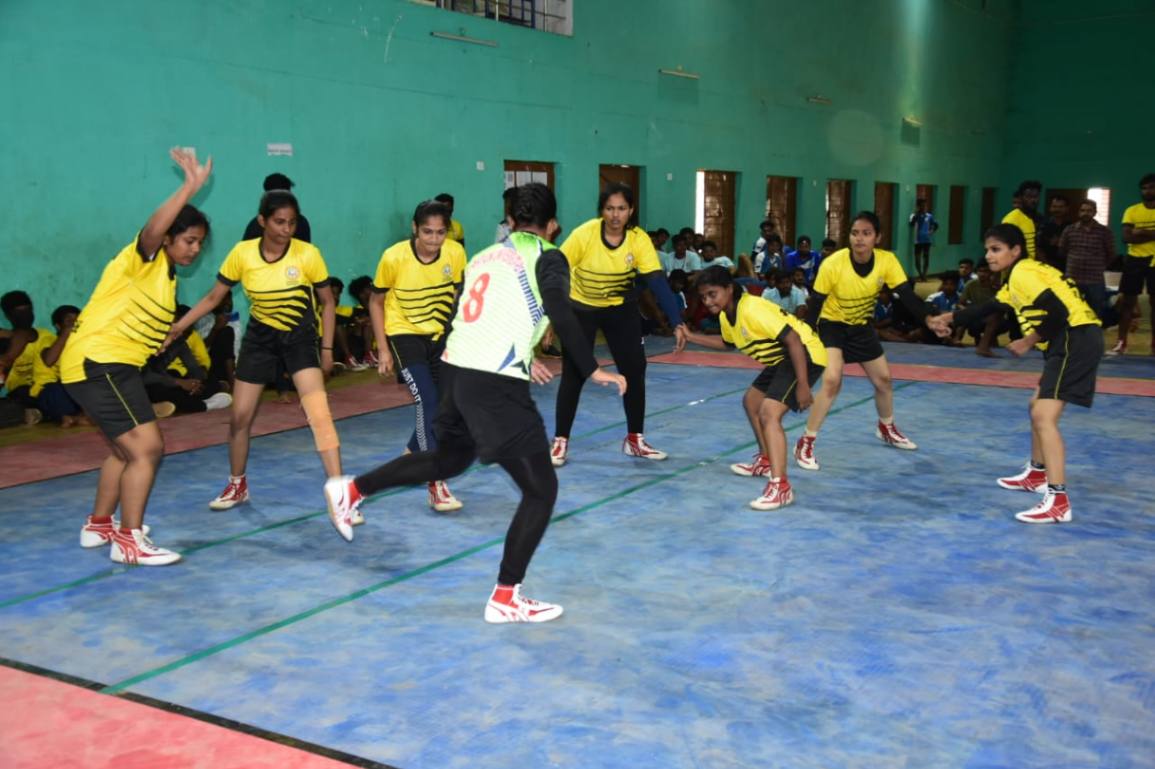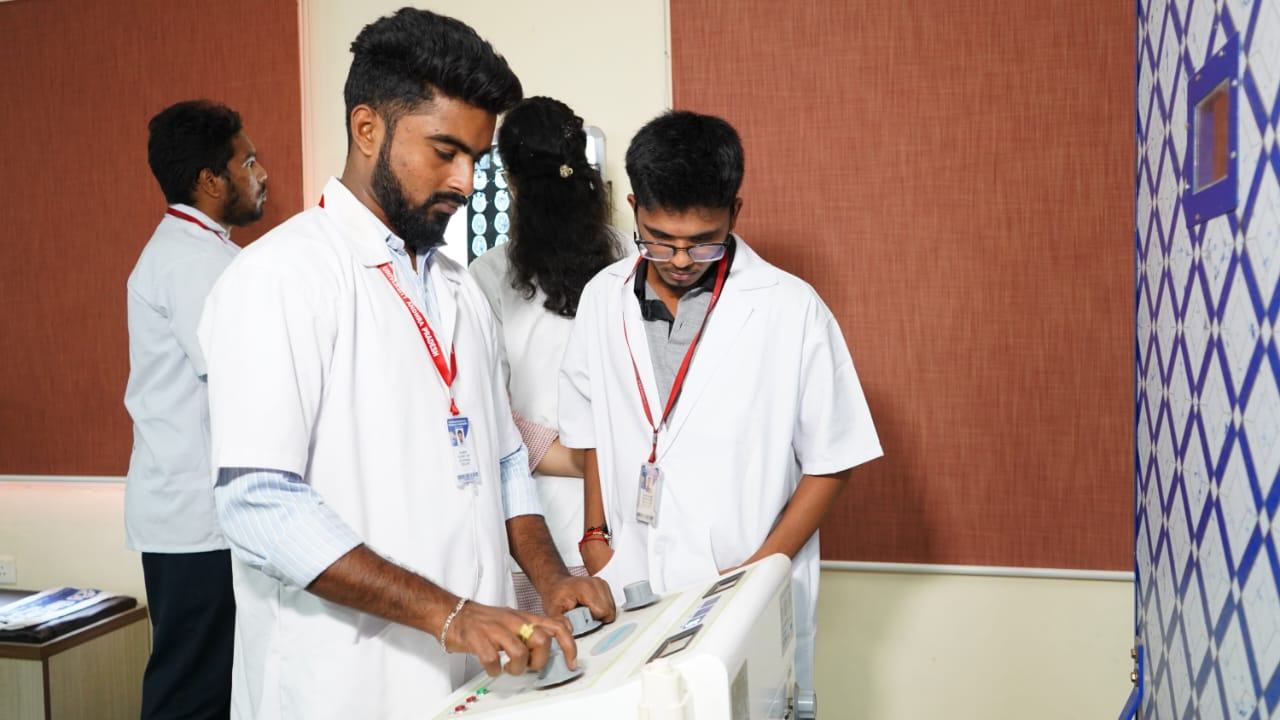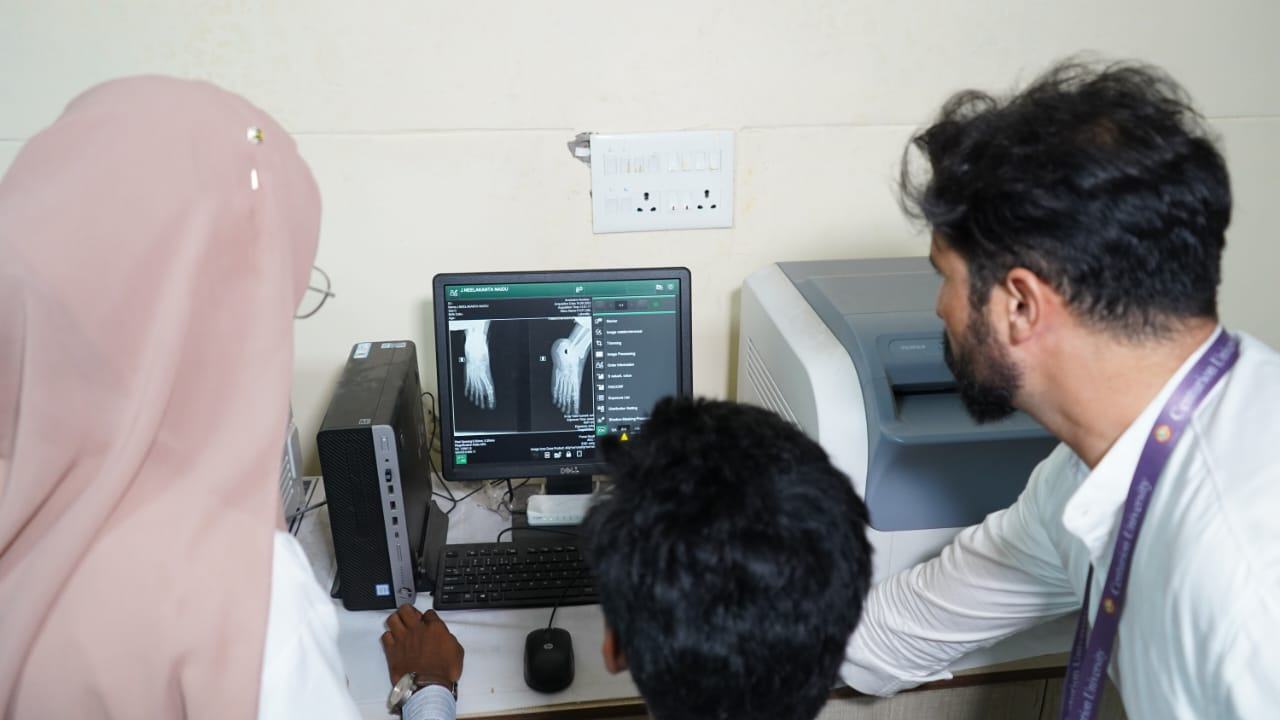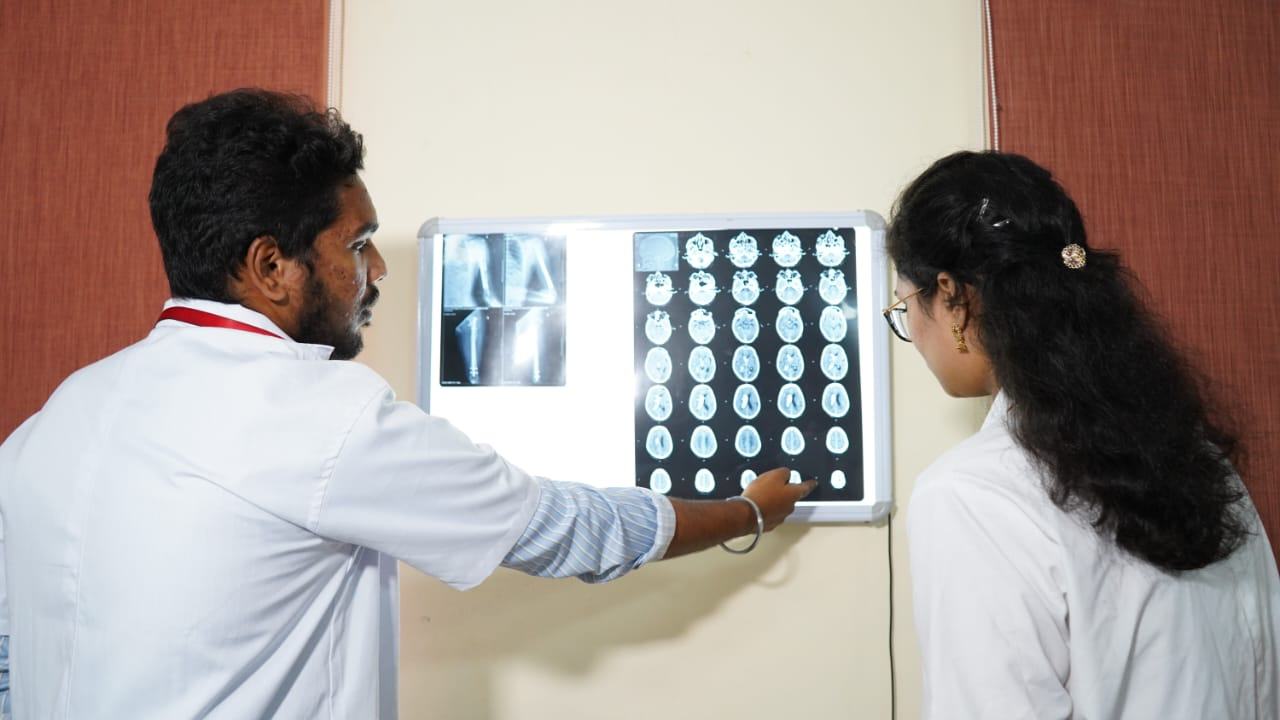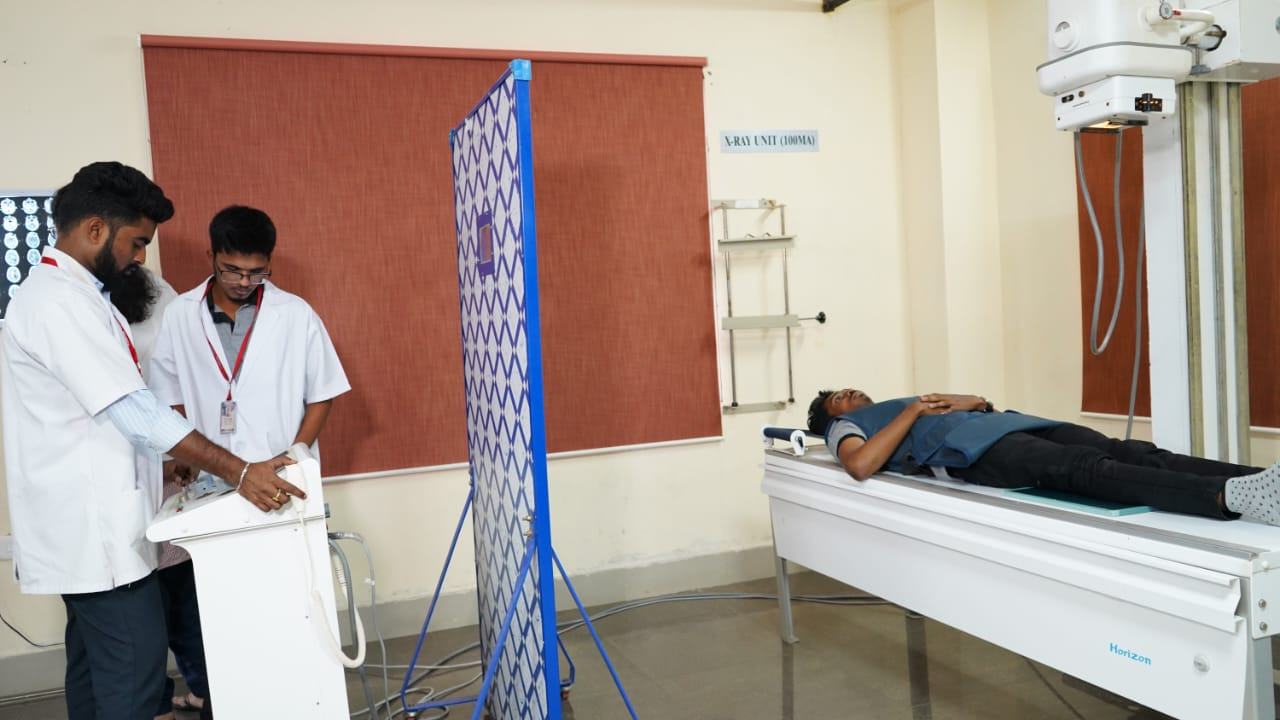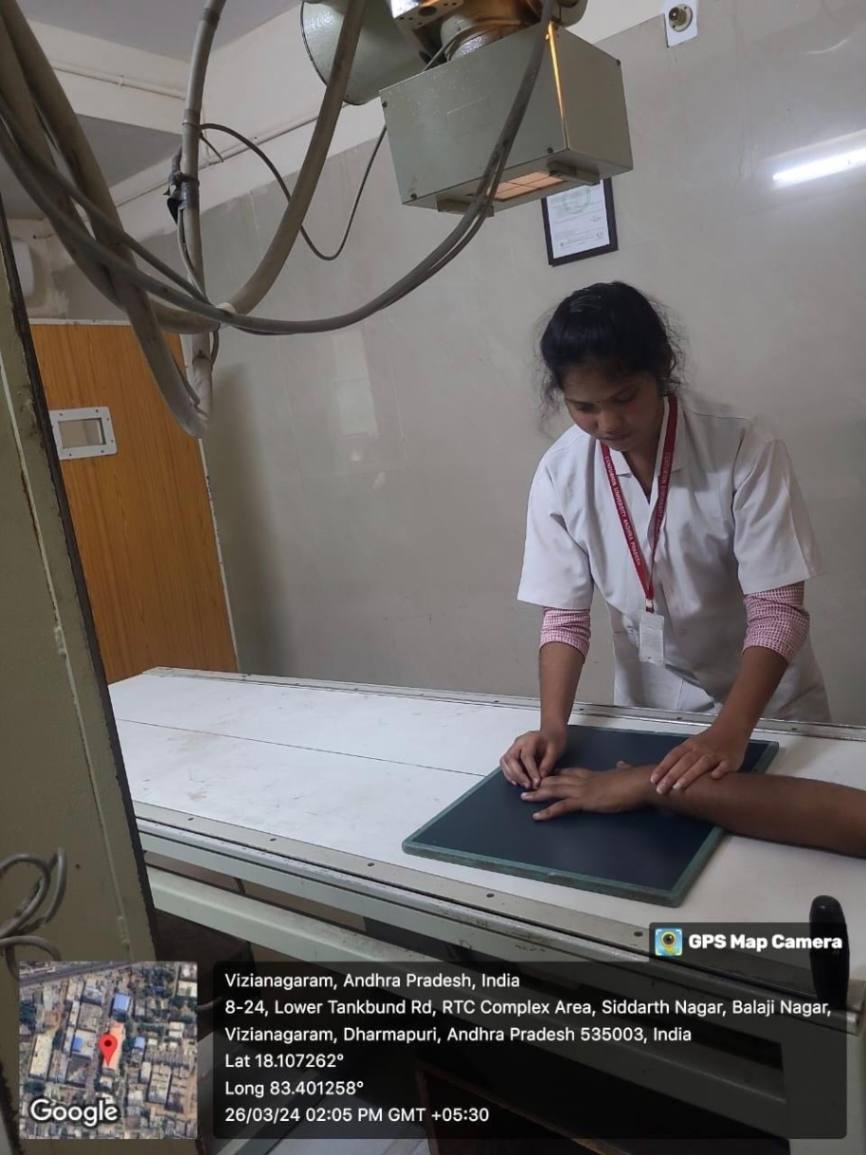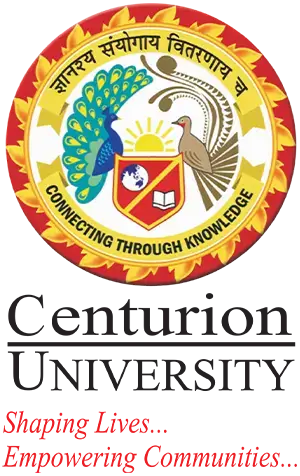About Department |
Achievements
Seminars & Workshops:
- Live webinar on “Deep learning and artificial intelligence in Radiology” by Mrs. Shilpa Singh, Assistant Professor and RSO, Maharshi Markandeshwar University on 08-11-2020.
- One day workshop on “First Hand Rescue” by Mrs. P Avanthi on 18-02-2021.
- Live Webinar on “Role of CT scan in the COVID 19 pandemic” by Dr. L S Sunil Avagadda, Consultant radiologist Q1 Hospital, Visakhapatnam on 02-05-2021.
- A Seminar on “ Ultrasound in obstetrics” by Dr. M Raja Sekhar, Assistant professor of Radiology, MIMS Medical College, Vizianagaram on 29-04-2022
- A Seminar on “ Applications of Radioisotopes in Medical, Agriculture and Industry” by Dr. P V Lakshmi Narayana, Associate Professor & Head, Department of Nuclear Physics, Andhra University, Visakhapatnam on 22-10-2022.
INTRA-UNIVERSITY SPORTSMEET 2024
Department Activities
1. Research Symposium: Organize an annual research symposium where students and faculty present their research findings and projects related to radiology and imaging technology. This event can include poster presentations, oral presentations, and keynote lectures by prominent researchers in the field.
2. Radiology Club Meetings: Establish a radiology club where students can meet regularly to discuss recent advancements in the field, interesting case studies, and opportunities for professional development. Guest speakers, including alumni and industry experts, can be invited to share their experiences and insights.
3. Clinical Shadowing Opportunities: Arrange clinical shadowing opportunities for students to observe radiologic procedures and interact with healthcare professionals in various imaging departments. This hands-on experience can provide valuable insights into the daily operations of radiology departments and enhance students’ understanding of real-world clinical practice.
4. Interdisciplinary Workshops: Collaborate with other departments, such as nursing, medicine, and biomedical engineering, to organize interdisciplinary workshops focused on topics relevant to radiology and imaging technology. These workshops can cover areas such as interventional radiology techniques, imaging informatics, and radiation safety protocols.
5. Student Research Projects: Encourage and support student-led research projects in collaboration with faculty mentors. These projects can explore emerging topics in radiology, such as artificial intelligence applications, imaging biomarkers, or novel imaging techniques. Students can present their research findings at conferences and publish their work in peer-reviewed journals.
6. Continuing Education Seminars: Host continuing education seminars and workshops for practicing radiologic technologists and healthcare professionals to stay updated on the latest advancements in imaging technology, safety protocols, and regulatory requirements. These seminars can also offer opportunities for networking and professional development.
7. Community Health Screenings: Organize community health screenings in collaboration with local healthcare organizations to provide free or low-cost imaging services, such as mammograms or bone density scans, to underserved populations. These screenings not only contribute to community health outreach but also provide students with valuable clinical experience under supervision.
8. Radiology Awareness Campaigns: Launch radiology awareness campaigns on campus and in the community to educate the public about the role of radiology and imaging technology in healthcare. These campaigns can include informational materials, interactive exhibits, and outreach events aimed at raising awareness about the importance of early disease detection and accurate diagnosis through medical imaging.
Seminars & Workshops:
- Live webinar on “Deep learning and artificial intelligence in Radiology” by Mrs. Shilpa Singh, Assistant Professor and RSO, Maharshi Markandeshwar University on 08-11-2020.
- One day workshop on “First Hand Rescue” by Mrs. P Avanthi on 18-02-2021.
- Live Webinar on “Role of CT scan in the COVID 19 pandemic” by Dr. L S Sunil Avagadda, Consultant radiologist Q1 Hospital, Visakhapatnam on 02-05-2021.
- A Seminar on “ Ultrasound in obstetrics” by Dr. M Raja Sekhar, Assistant professor of Radiology, MIMS Medical College, Vizianagaram on 29-04-2022
- A Seminar on “ Applications of Radioisotopes in Medical, Agriculture and Industry” by Dr. P V Lakshmi Narayana, Associate Professor & Head, Department of Nuclear Physics, Andhra University, Visakhapatnam on 22-10-2022.
Project
NA
Research Center
Center For Medical Diagnostics(CMD)
Research centers in the field of radiology and imaging technology play a pivotal role in advancing knowledge, developing innovative techniques, and improving patient care. Here are some potential research centers:
1. Center for Advanced Imaging Technology: This research center focuses on developing and refining cutting-edge imaging technologies, such as advanced MRI techniques, PET-CT imaging, and molecular imaging. Researchers collaborate with engineers, physicists, and clinicians to push the boundaries of medical imaging, with a focus on improving diagnostic accuracy and treatment outcomes.
2. Institute for Radiological Sciences: This interdisciplinary institute brings together experts from radiology, oncology, cardiology, and other fields to conduct research on imaging biomarkers, imaging-guided interventions, and personalized medicine approaches. Research projects may include investigating novel imaging agents for detecting early-stage diseases, optimizing imaging protocols for specific patient populations, and developing image-based treatment planning tools.
3. Center for Medical Imaging Informatics: With the increasing complexity of medical imaging data, there is a growing need for advanced informatics solutions to manage, analyze, and interpret imaging studies effectively. This research center focuses on developing artificial intelligence (AI) algorithms, machine learning models, and image processing techniques to enhance radiology workflow efficiency, automate image analysis tasks, and extract clinically meaningful information from imaging data.
4. Radiation Oncology Research Center: In the field of radiation oncology, research centers play a vital role in studying the biological effects of radiation therapy, optimizing treatment planning algorithms, and exploring novel therapeutic strategies. Researchers may investigate the use of advanced imaging modalities, such as functional MRI and diffusion-weighted imaging, to assess treatment response and predict outcomes in cancer patients undergoing radiation therapy.
5. Center for Imaging Biomarkers and Molecular Imaging: This center focuses on translational research aimed at identifying imaging biomarkers for early disease detection, monitoring treatment response, and predicting patient outcomes. Researchers may collaborate with pharmaceutical companies to evaluate novel imaging agents in preclinical and clinical studies, with the ultimate goal of developing personalized imaging-based approaches for precision medicine.
These research centers serve as hubs of innovation, fostering collaboration among scientists, clinicians, industry partners, and funding agencies to address critical challenges in radiology and imaging technology. By advancing knowledge, developing new techniques, and translating research findings into clinical practice, these centers contribute to the continued evolution and improvement of medical imaging for the benefit of patients worldwide.
Infrastructure
The provision of state-of-the-art laboratories is crucial in ensuring a comprehensive educational experience for students pursuing studies in radiology and imaging technology. Among the essential facilities are:
1. Anatomy and Physiology Laboratory: This laboratory serves as the foundation for understanding the structure and function of the human body. Equipped with anatomical models, specimens, and advanced multimedia resources, students gain hands-on experience in dissecting and studying the intricacies of human anatomy and physiology. This immersive learning environment enhances their understanding of the body’s systems and prepares them for the practical aspects of medical imaging.
2. Biochemistry Laboratory: Here, students delve into the biochemical processes that underpin human health and disease. With sophisticated equipment and reagents at their disposal, they conduct experiments to analyze biomolecules, enzymatic reactions, and metabolic pathways. This laboratory fosters critical thinking and analytical skills essential for interpreting diagnostic tests and understanding the biochemical basis of medical conditions encountered in radiology practice.
3. Radiology Laboratory: Central to the curriculum is the radiology laboratory, equipped with cutting-edge technology including X-ray machines with CR (Computed Radiography) systems. This facility provides students with hands-on training in conducting radiographic examinations, image acquisition, and processing. Through simulated scenarios and real-world case studies, students develop proficiency in positioning patients, adjusting exposure parameters, and producing high-quality diagnostic images essential for clinical practice.
Together, these facilities create a comprehensive educational ecosystem that empowers students with the knowledge, skills, and confidence needed to excel in the dynamic field of medical imaging. By integrating theoretical principles with hands-on experience in advanced laboratory settings, students are prepared to meet the challenges and opportunities of modern healthcare, contributing to improved patient outcomes and advancing the field of radiology and imaging technology.

